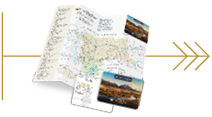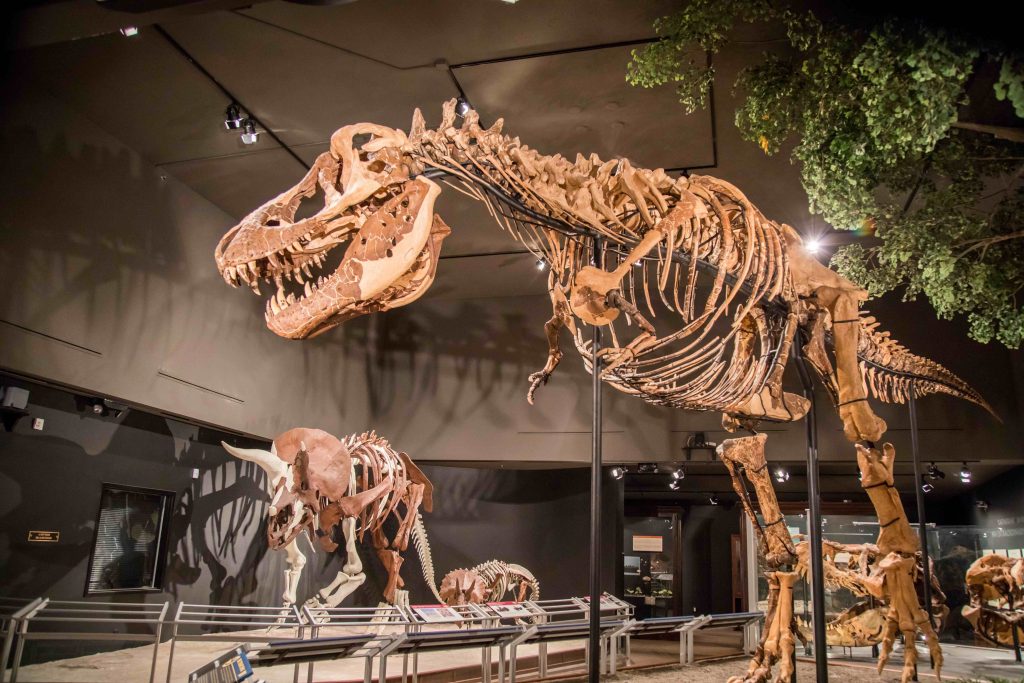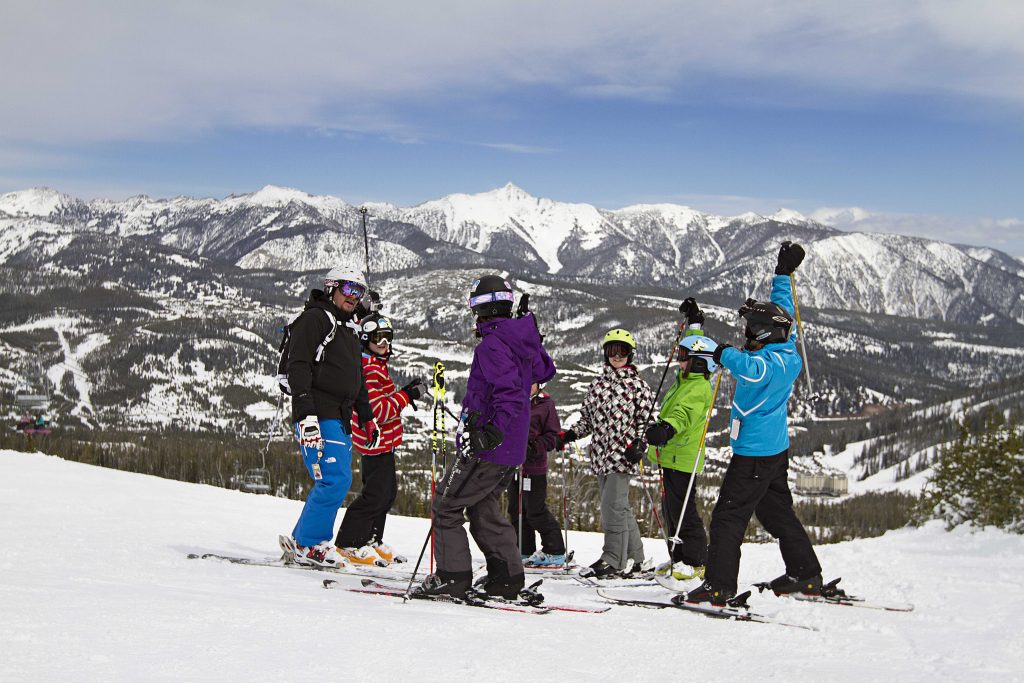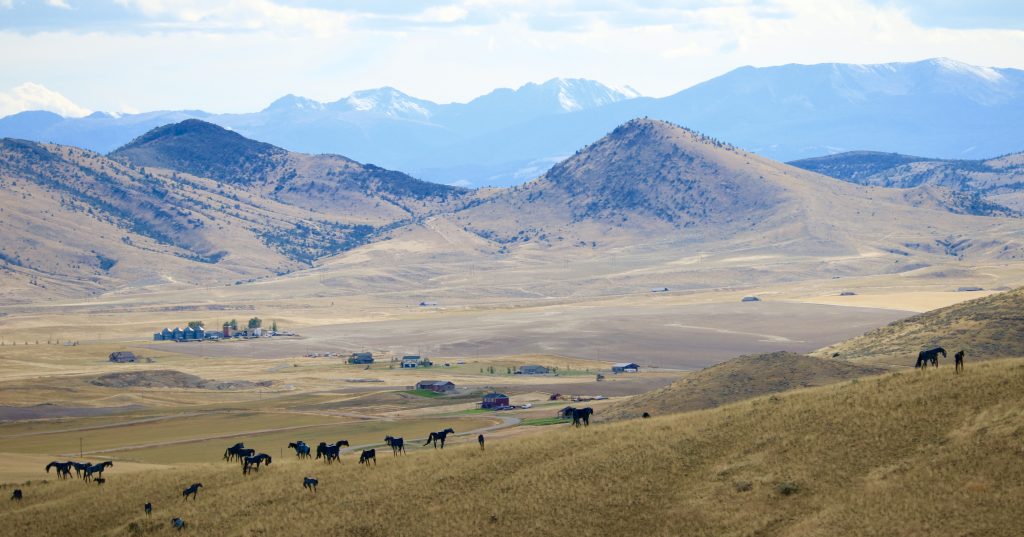Beyond Yellowstone: Life Alongside the World’s First National Park
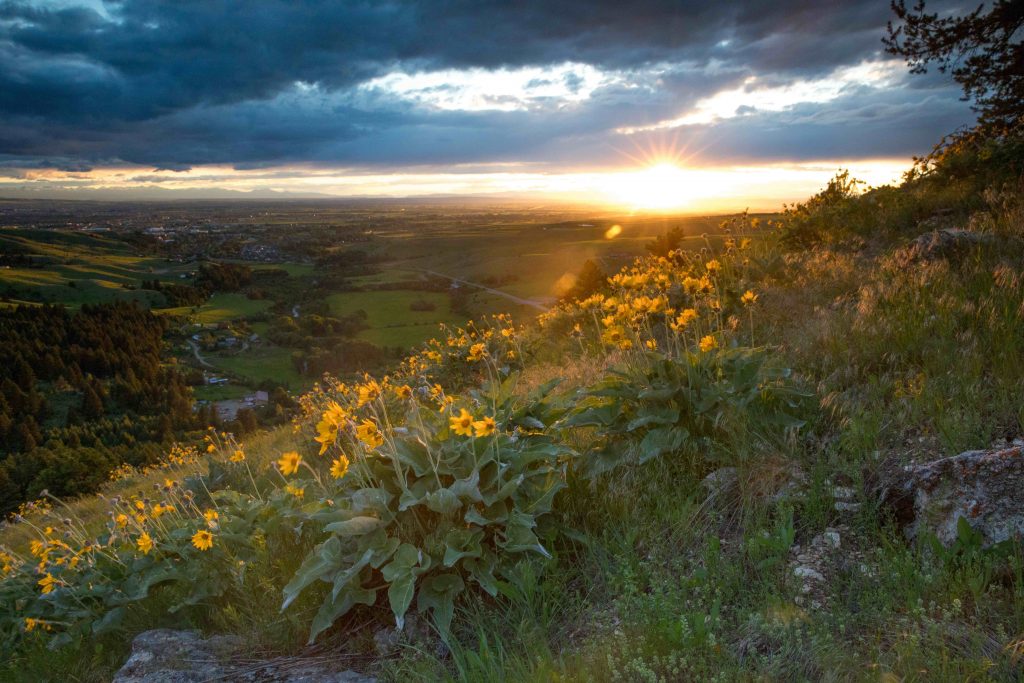
Photo, Andy Austin
Just beyond the borders of Yellowstone National Park, lie communities full of interesting people, incredible adventure, delicious food, and a whole lot of fun. For the next five weeks, we’ll give you a glimpse into each of these areas; blasts from the past, fun facts, and a bit of the present flavor. Join us as we explore beyond Yellowstone.
Gallatin County
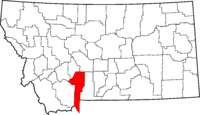
Where in the world is Gallatin County?
Covering 2,517 square miles, Gallatin County is the most populated and fastest-growing county in Southwest Montana. The city of Bozeman is the fastest-growing micropolitan in the nation.
The landscape is diverse. Full of fertile soil, the area served as an agricultural hub to the gold miners in Virginia and Nevada Cities back in the 1800s. Today, the fields of Three Forks, Manhattan and Belgrade are still actively farmed.
The Bridger, Gallatin, and Madison Mountain range all contribute to the mountaineering mecca that draws outdoor enthusiasts from across the world. And at the tip of the county, in West Yellowstone, sits the west entrance to Yellowstone National Park.
Claims to Fame
World-class skiing and snowboarding. Big Sky Resort and Bridger Bowl Ski Area are known in the ski world as some of the best skiing in the country; without the lift lines. The terrain is vast and varied, and the snow is light, dry, and often deep.
Montana State University. Founded in 1893 as a land grant college, MSU is now the most prominent school in the state with 50 baccalaureate fields, 39 master’s degrees, and 13 doctorate degrees.
Museum of the Rockies. A Smithsonian Affiliate, MOR, is recognized as one of the world’s best research and history museums. The museum is home to an extensive collection of dinosaur fossils, including Montana’s T.Rex Skeleton.
Bozeman Yellowstone International Airport. This bustling airport is more reminiscent of a lodge than an airport terminal. Don’t let that fool you; it’s the busiest airport in the state with nonstop flights to 20 major markets in the United States.
As History Would Have It
Many tribal bands lived in the area for hundreds of years: Shoshone, Nez Perce, Blackfeet, Flathead, and Sioux. Named after the vast landscapes of wildflowers, native tribes called it the Valley of the Flowers. Legend says it was tradition to keep the Gallatin Valley neutral ground.
Lewis and Clark, led by Sacajawea over Bozeman Pass, camped at the Missouri Headwaters and were the first to give a written description of the area in 1805 and 1806.
On Aug 17, 1959, an earthquake measuring 7.5 on the Richter Scale, set off a massive slide near the Madison River. Moving at 100 mph, in less than one minute, over 80 million tons of rock crashed down, blocking the canyon and forming Earthquake Lake. At the time, it was the 2nd most massive quake in the lower 48 states in the 20th Century. We highly recommend a visit to the Earthquake Lake Visitor Center.
What is there to do around here?
The short answer is plenty.
- Gallatin County has it all. The rivers and lakes are playgrounds for fishing, kayaking, whitewater rafting, canoeing, and paddle boarding. Mountain bikers have endless trails, including the new Copper City Trail System near Three Forks.
- Winter adventure lovers flock to the area to snowmobile, Nordic ski, ice climb, and of course, downhill ski.
- Trail runners will love the Bridger Ridge Run, or The Rut Mountain Runs. Both extremely technical and difficult runs along the Bridger Mountain Range in Bozeman and up Lone Mountain in Big Sky.
- Yellowstone National Park is a hit year-round. (If you haven’t visited in the winter, we highly recommend it.) And a soak in Bozeman Hot Springs is a must to end a day of exploring.
Photo, Montanabw
Fun Facts
- Nearly half of the land in Gallatin County is under public ownership through Gallatin National Forest, the State of Montana, Bureau of Land Management, and National Park Services. In other words, there’s plenty of room to roam.
- They filmed the movie A River Runs Through It on the Gallatin River, in the heart of Gallatin Canyon.
- One of Bozeman’s favorites, Drinking Horse trail, located at the base of Bridger Canyon, is aptly named. As you are heading out of the canyon, look to your left, and you’ll see the outline of what looks like a horse drinking from a creek.
- Speaking of horses, scattered across the foothills outside of Three Forks, Montana, on US-287, you’ll find Jim Dolan’s Bleu Horses, a life-sized herd of horse sculptures. Trust us, at first glance, they look real!
